February 20, 2020
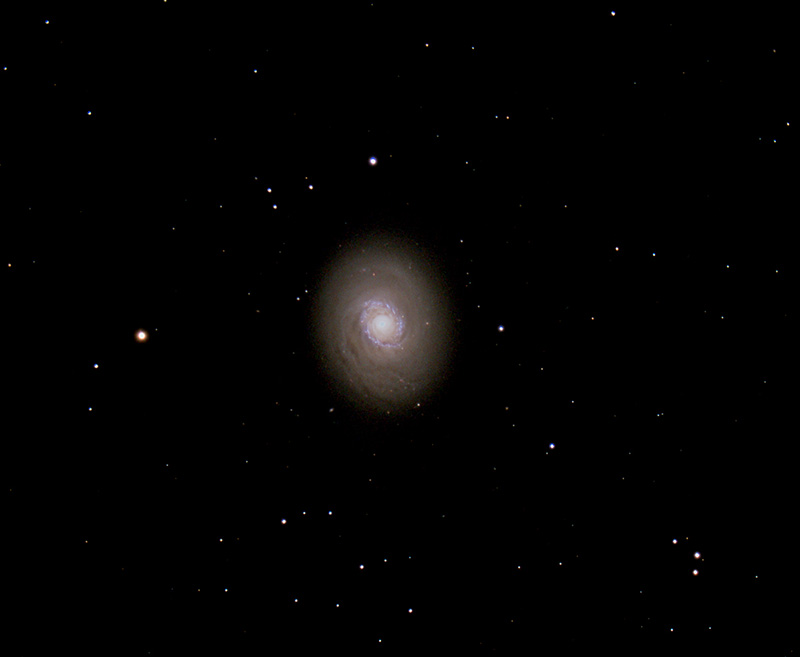
M94, sometimes called the Cat's Eye Galaxy. Small
and bright, it was a good target for the C8.
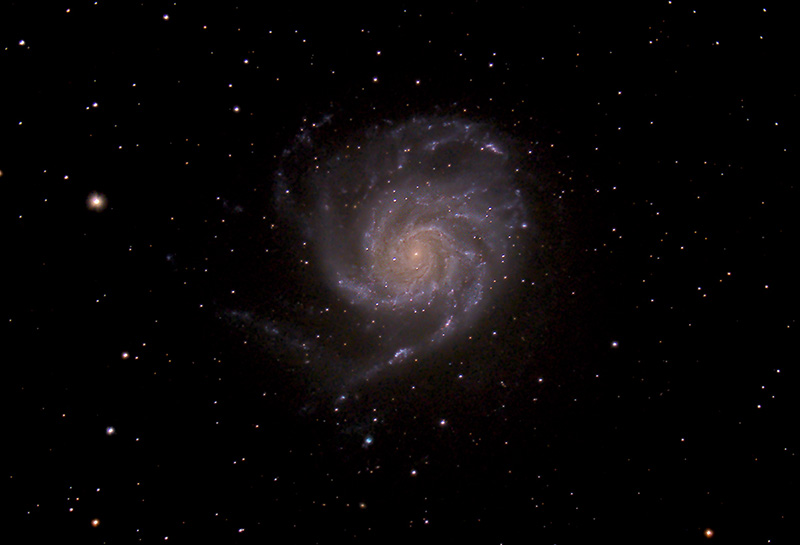
M101 with the C8.
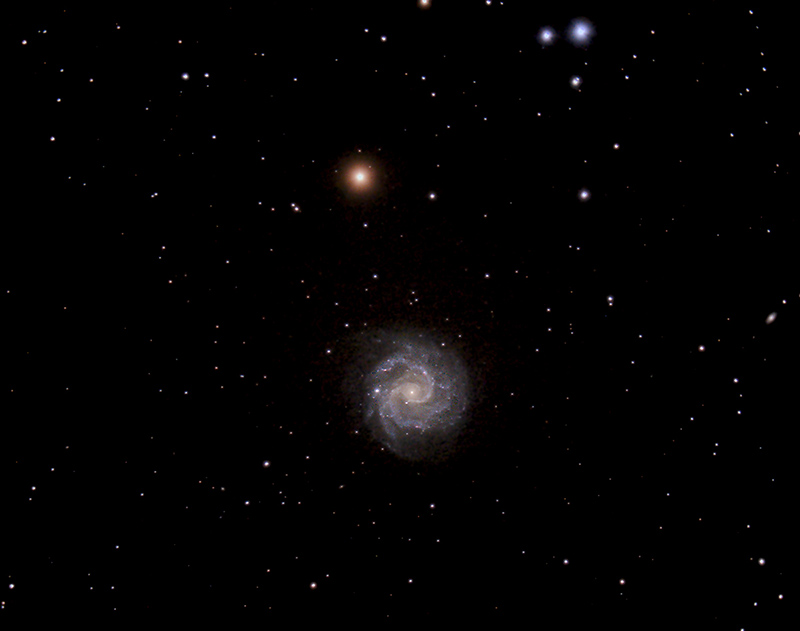
NGC 3184 in Ursa Major. The bright star above the galaxy
is HIP 50389 or GP Ursae Majoris, a giant star that
cannot be seen without a telescope.
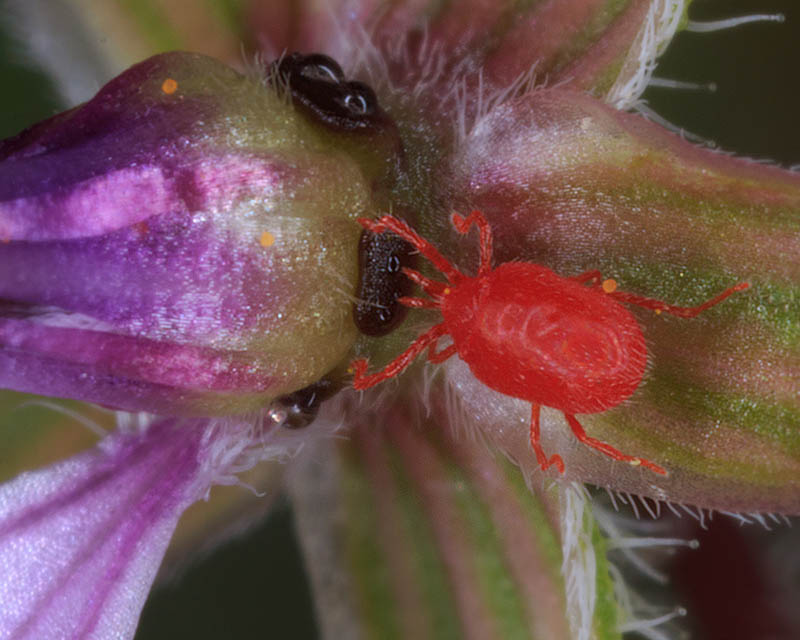
I used my super macro lens, the MP-65 to photograph
this mite in a Filaree flower. Only after I looked
at the photos did I see the nectaries that the mite was
feeding on. Note also the grain of pollen on the mite.
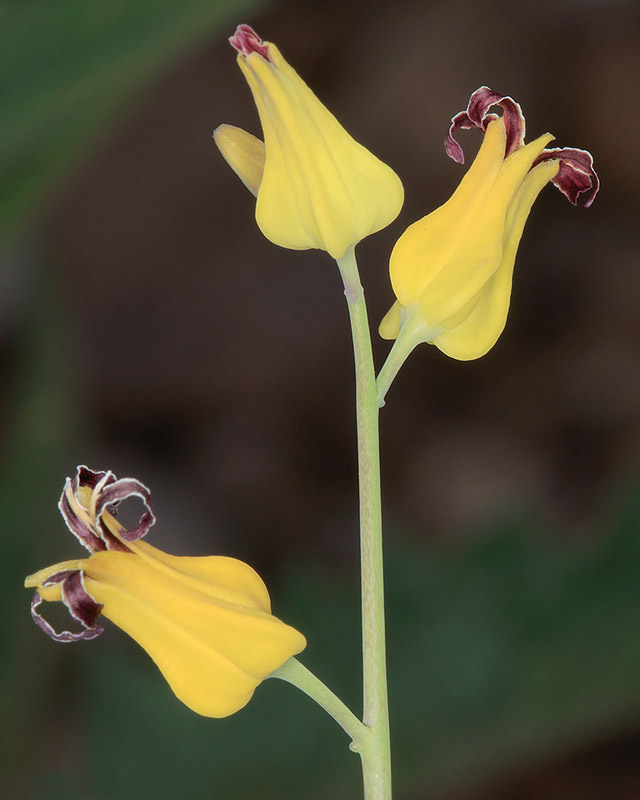
Lyreleaf Jewelflower, only the second time I've seen this species.
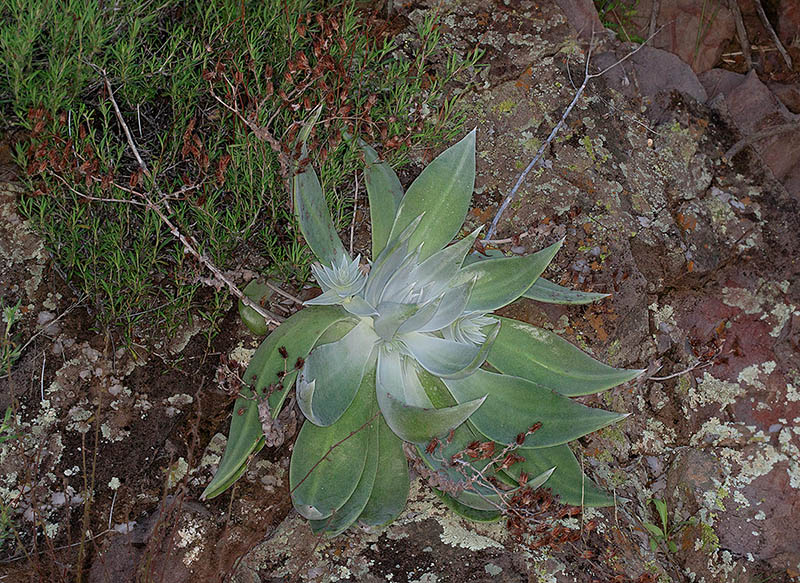
In a deep canyon in Organ Pipe National Park, there is a
small population of these plants in the Stonecrop family.
A species of Dudleya, I'm not sure which species for sure but
probably Dudleya pulverulenta or Dudleya arizonica.
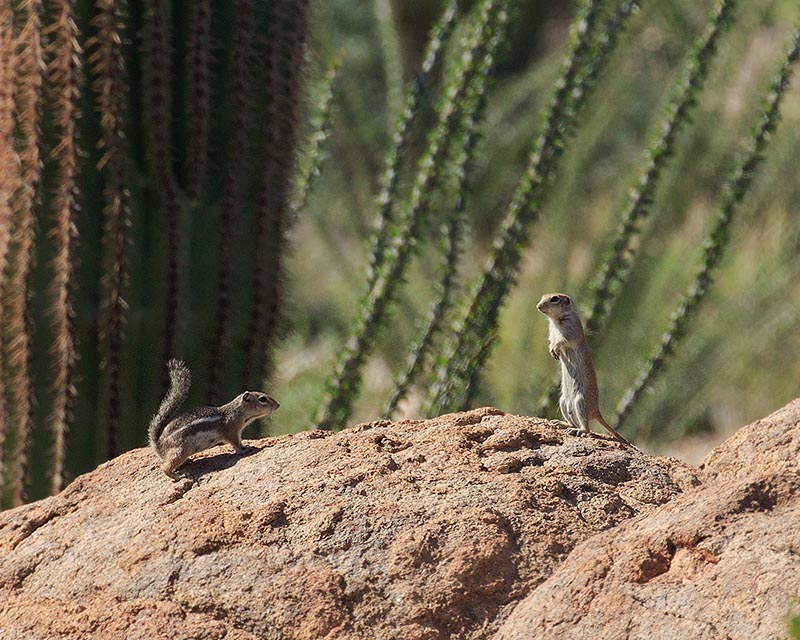
A few days ago I saw these two ground squirrels, the one on the
right is a Round-tailed Ground Squirrel and the one on the left is an
Antelope Ground Squirrel. Not usually found in the same
area, they seemed to be checking each other out.
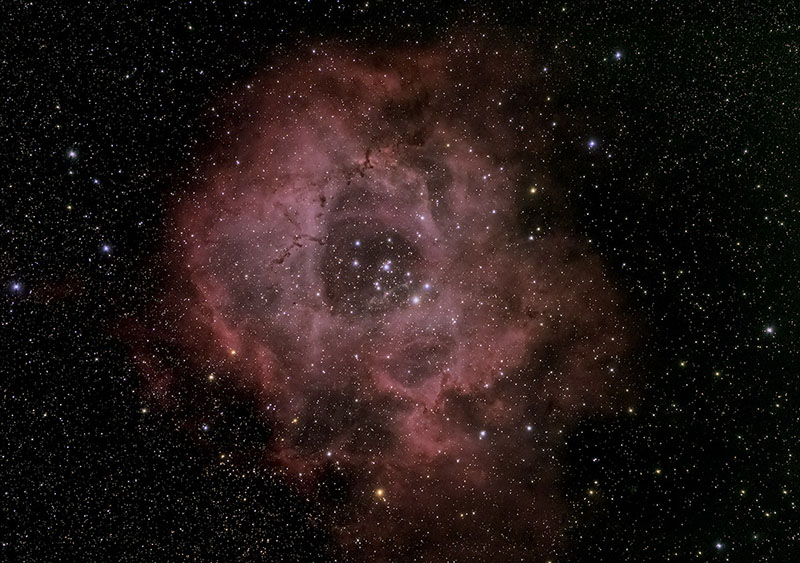
The Rosette Nebula with the 500 f4.
-Edit.jpg)
The larger galaxy in this image is NGC 3718. It is pretty small and there
are a number of even smaller galaxies. In the upper center is
Comet C2019 Y4 (ATLAS), a very faint comet, last reported as a
14 magnitude comet. At that magnitude a 12 inch reflector
would be required to even see it, but the 500 f4 can pick it up with
60 second exposures.
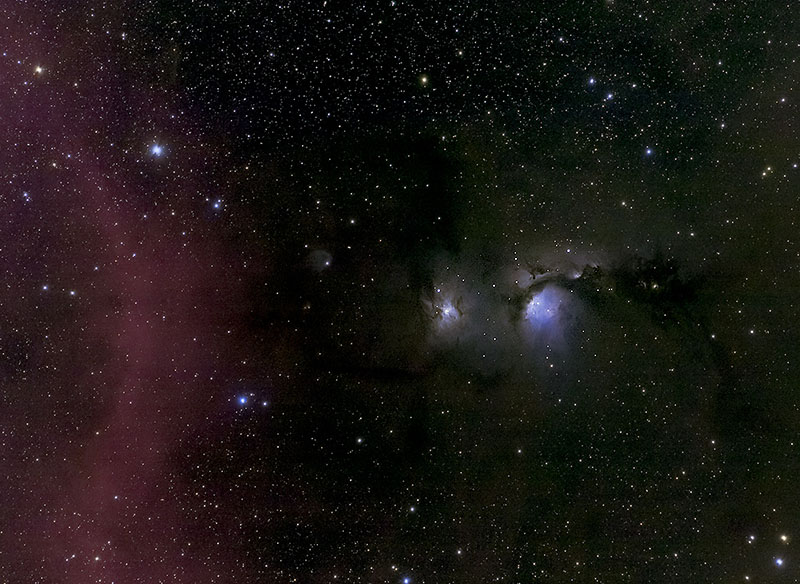
Here's my latest rendition of M78 and Barnard's Loop with the 500 f4.